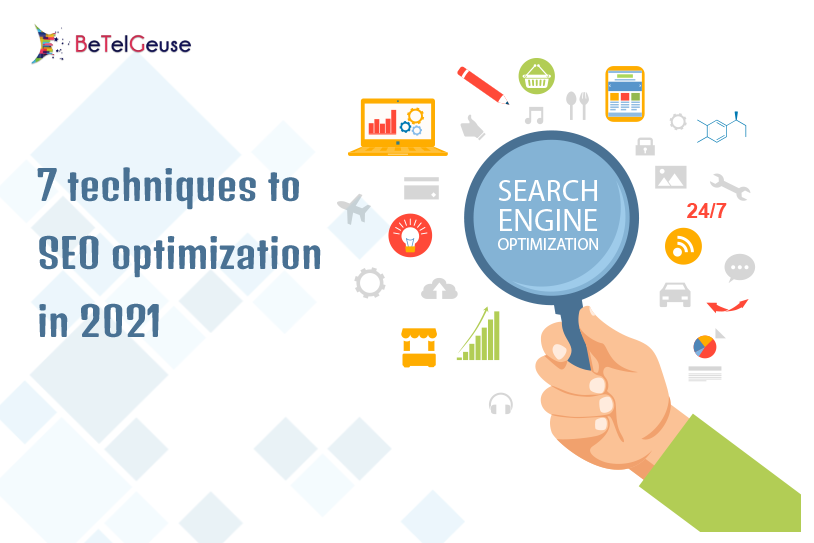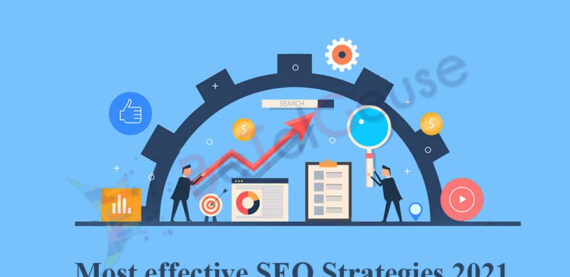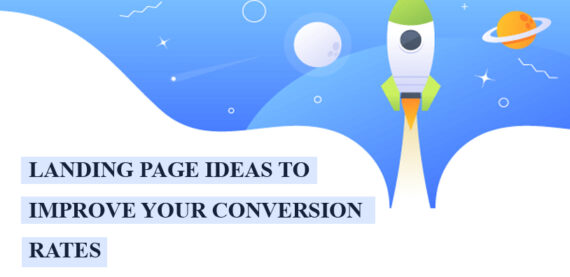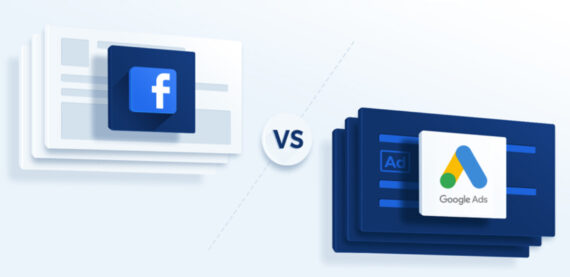Quantity plays a large part too. Writing more blogs/content, operate more links, and using a wider variety of keywords is a best way to rank higher over time—this is called ‘scaling’ and it’s attractive much what it sounds like.SEO is actually the practice of utilizing fixed qualitative content principles and technical improvements to upgrade your online traffic and rankings on SERPs. So, there are a few things we have chucked in there. Before we get too far ahead of ourselves, let’s jangle off the major tools you’ll be using to start designing your 2021 SEO strategy:
-
Keywords
Keywords are phrases that are most regularly searched for on Google, Bing, etc. and they are a searching part of determining your website’s rankings. Use the enough size of keywords in the correct places and in time you will see your pages scale up the leader boards.
It utilized to be stuff as many in there as achievable, but many of content then became malware and sites were ultimately punish by Google’s algorithms.
-
Focus on user experience (UX)
There is nothing worse than having to navigate a website that you can barely use. In fact, after more than a few seconds of frustration, many people don’t bother and Google will struggle to make the leading out of it too. Things such as dead links, error pages, and messy site form will all impact what people take away from your website.
Not only do visitors value a good experience and simple navigation, but this indefectible also Assist Google’s crawlers study your content and determine your SERP rankings. Use headings and short, simple-to-read paragraphs, order your sub-folders and optimize for mobile. All of these things will assist to reduce your bounce rate, improve other SEO metrics, improve your rankings, and create better conversion overall.
-
Undo anything that slows down your website
Once again, it can’t be enhance how simple it is to get the technical fabric right in order for your website and specific content to speak for itself. Whether you are writing communicative blogs/contents, selling a product/service, or simply pointing someone in the right direction, your site wants to be quick, accessible, and easy to use. These days, people expect immediate information’s and instant results. If your site takes an age to load, they will clearly move on.
There are a number of methods you can improve site speed and the overall smoothness of your UX: delete old/defunct plugins, clean up your code, optimize and compress your images, make sure your sub-space flow and make sense, and use tools such Google Page Speed Insights or GTmetrix to continue monitoring in the future.
-
Pay attention to Google algorithm updates
We’ve briefly touched on this already but Google gets smarter and more inbuilt by the day. The basics updates and tweaks to the algorithm are constant and often unexpected, with sites either benefitting or being penalized for how intently they adhere to the most new update.
Rankings and penalties are set on by changes of factors like accessibility, temp, excessive advertising or malware content and etc., much as it can’t always be avoided; there are a few simple steps you can take to stay within touching distance.
-
Steal Your Competitor’s Broken Backlinks
We’ve already discussed how hard it can be to design quality backlinks, but one best tactic you can use is a variant of broken link designing. While this strategy is typically based on detecting broken links, creating content that fits the link, and reaching out to try and get it repointed to your piece (rather than the one that’s dead), there’s a spin on it that you can use to get a head start: shows the links that point to 404 pages on your competitors’ websites. Another key aspect in designing domain reputation/site authority is link-building. We have already touched upon why outbound/external links are most important: you not only enhance the information you are providing but you can receive reciprocal backlinks through outreach, etc.
Furthermore, links are a key ranking factor; Bots/crawlers discover content by following links through to subsequent pages and judging how suitable they are to a search query. This goes for internal linking as well, so don’t be scared to link to other useful pages on your site where necessary and where it feels native 65% of marketers notice an effect after one to three months of implementing a link-building strategy.
-
Metadata
designing on the foundation set through keyword research, metadata is not only just as important but is arguably the most straight way you can coax someone onto your website, as it is one of the initial things both Google and potential visitors will see. Google uses what is known as ‘crawlers’ (imagine tiny robot spiders), to scan through websites and gather the information that matches search queries, hence rankings: most relevant at the top.
When crawling sites, after initial indexing the URL, metadata is one of the next things on their checklist. This includes meta titles and meta descriptions and – i.e. the page title and short preview line you see when you search for anything on Google as well as alt-tags for things like snaps (almost like a secondary name should Google have trouble reading the first one). You can think of metadata’s are nearly as your shop window.
-
Wider technical SEO
Carrying on from that, there are various other technical problems in the back end of your site that once covey, can make a great difference in your SEO results. At the end of the day, if your website’s UX isn’t smooth and accessible, it’s going to be hard for any visitor to do anything significant on your site. For context, over 70% of all online traffic is mobile, so when it comes to things like UX, the technical stuff matters.
Whether it’s ensuring site speeds are fast, removing ‘toxic’ backlinks (links to websites that are deemed irrelevant or untrustworthy, etc.), or creating a clear XML sitemap with a clean URL structure, all of these technical SEO tips can be great when it comes to securing those top rankings. You don’t need anything to get in the way of SEO doing its job, which is allowing people to find your website naturally.









































